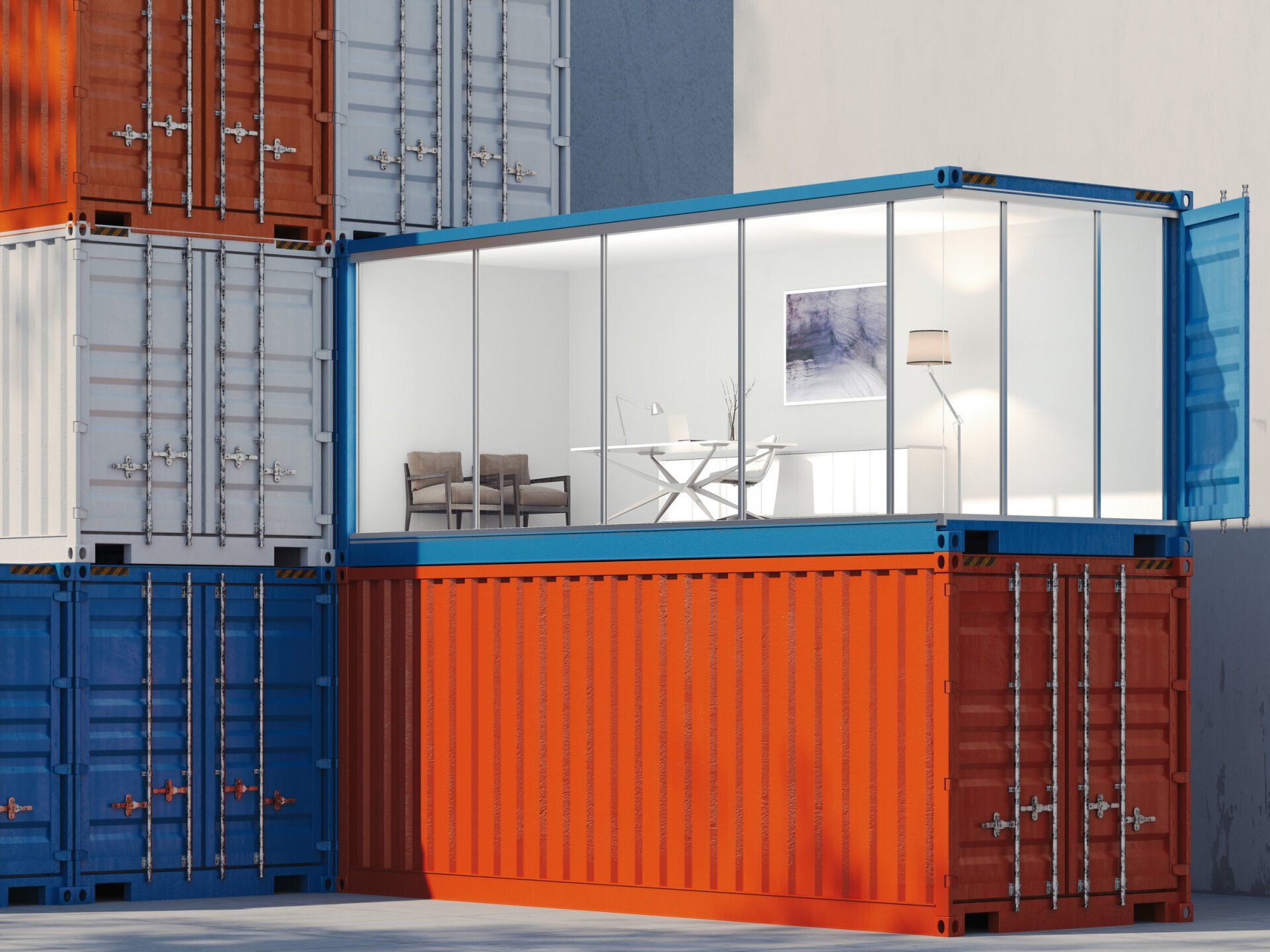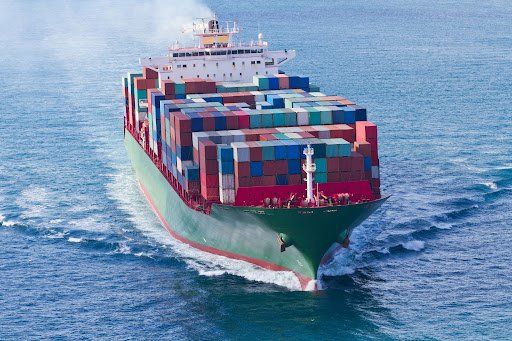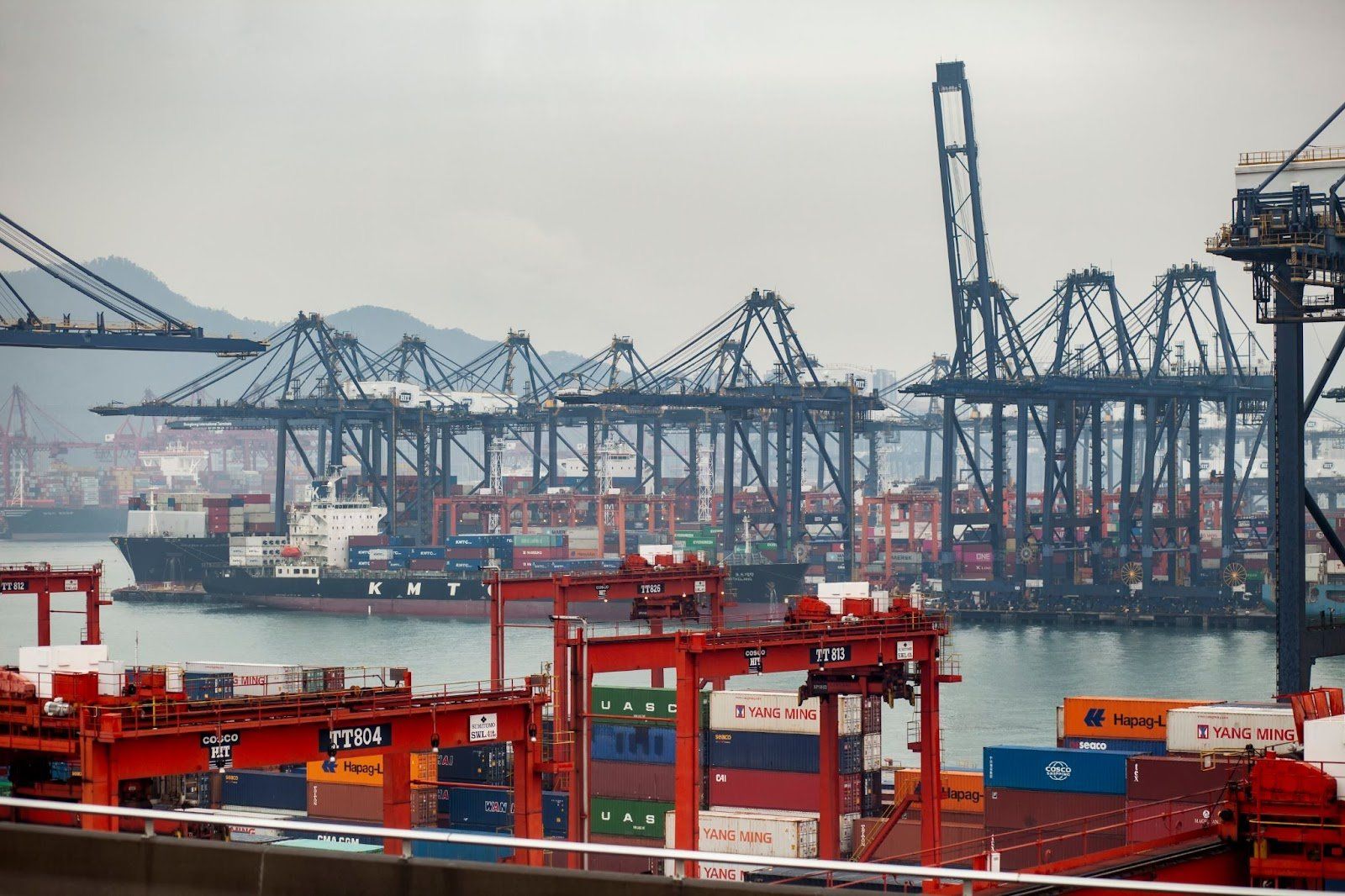How shipping containers are shipped
Shipping containers are huge, without question. In fact, the most common containers measure 20 feet, while some special containers even go beyond 40. These large containers are built to hold a lot more than 20,000 kilograms each, being moved as swiftly as possible from port to port. These shipping containers have drastically improved product transportation, making a whopping estimated 200 million trips annually. Which begs the question: how are these heavy containers shipped?
In your lifetime you must have seen a large steel container transporting goods whether on rail, road or on a boat. Shipping containers easily transport cargo from point A to point B - or officially when a container is loaded and then brought back and forth to the port, it’s called ‘drayage’.
It may seem that transporting a shipping container is a simple process, but it is a complex system, which is full of checks and procedures. Firstly, there are three main stakeholders involved: The importer, exporter and then finally, the shipping company. Each one has a different role in the shipping process - the shipping company only delivers the cargo to the importer once they have received it from the exporter (usually from another country). And, although there are three main stakeholders, other services may be involved in the process, in order to help streamline the shipping of the containers. For example, a shipping agent or lorry company. Each container’s position and movement at any point in time has already been predetermined.
Shipping companies have cargo planners, who are in charge of planning these loading processes, from start to finish. Every detail concerning both the ship and each container is considered in the loading plan, including container weight, container unloading port, ship capacity (or cargo stowage), and ship fuel. Such factors are crucial not only for obtaining the most efficient loading and unloading of containers, but also for a safe journey for the ship and its cargo. Shipping containers can also come in versions such as refrigerated, high cube, open top, liquid and many more available for every possible cargo load! Keep reading to find out the process of how shipping containers are shipped…
The process of how shipping containers are shipped
The process is as follows:
- The exporter (a company who is in need of cargo being shipped) will first select a shipping company whose container will come to its factory for cargo loading.
- Next, a freight forwarder will assist both the importer and exporter for the transportation of cargo, this includes getting the containers from the shipping agent and then bringing the empty container to the (external) exporter for filling of the cargo into the container.
- The freight forwarder will arrange for the transport to move the container from the exporter warehouse or factory to the designated shipping port for loading into the ships.
- Next the shipping agent takes care of all the port paperwork which can include customs checks, and final inspections of the container. They will also pay the port in order to shift the container(s) inside the designated port warehouse or storage facility.
- The container is kept at the port warehouse or storage facility in the specially ordered container stacks until the designated ship arrives for transport to the destination port.
- Once the designated ship has arrived, the container is brought to the ship's side by a special computerised crane called a bomb cart. It is necessary to place each container in its correct position on the ship based on important factors such as weight and where it’s designated port is, this will make off loading a lot easier.
- Depending on each container and when they are due for unloading, the closest destination container will usually be kept on the deck - these containers are provided with extra lashing so they do not fall overboard or become loose in rough seas.
- Once loading is finished, it will proceed its journey for the first assigned port for off loading.
- Additionally, during the voyage for extra safety, crew aboard the ship will regularly check containers to ensure their lashing is secure and containers are not damaged or leaking.
- Next, once the ship reaches the port, the container will be unloaded by the computerised port cranes and then is transported to further storage using the port container lorries.
- Once all containers are unloaded and stored safely, the representative of the importer will present the bill of lading (and further documents) to the port and shipping agent.
- Once the importer’s representative or the freight forwarder has claimed the shipping containers, the cargo will be transported - with vehicles such as lorries - to the importer’s warehouse where the container is unloaded.
- The container which is now empty is returned to the shipping agent and the process will begin again.
Thousands of containers are transported daily around the globe which makes it easy for businesses to trade and import/export cargo. And this is why there are lots of shipping containers available to hire, sell or to purchase, if you’re interested in obtaining one get in touch with us at CS Containers. Whether you’re making a bar in your garden, in time for summer, or you just need some extra storage space - we’re here to help!
Get in touch
CS Containers are a family-based company in Kent. We have over 23 years of experience in the container and shipping industry and cover a range of shipping container requirements, including hiring, buying and selling.
Are you thinking about buying a container or adding some accessories to an existing container?
Get in touch with us today for a quote!





